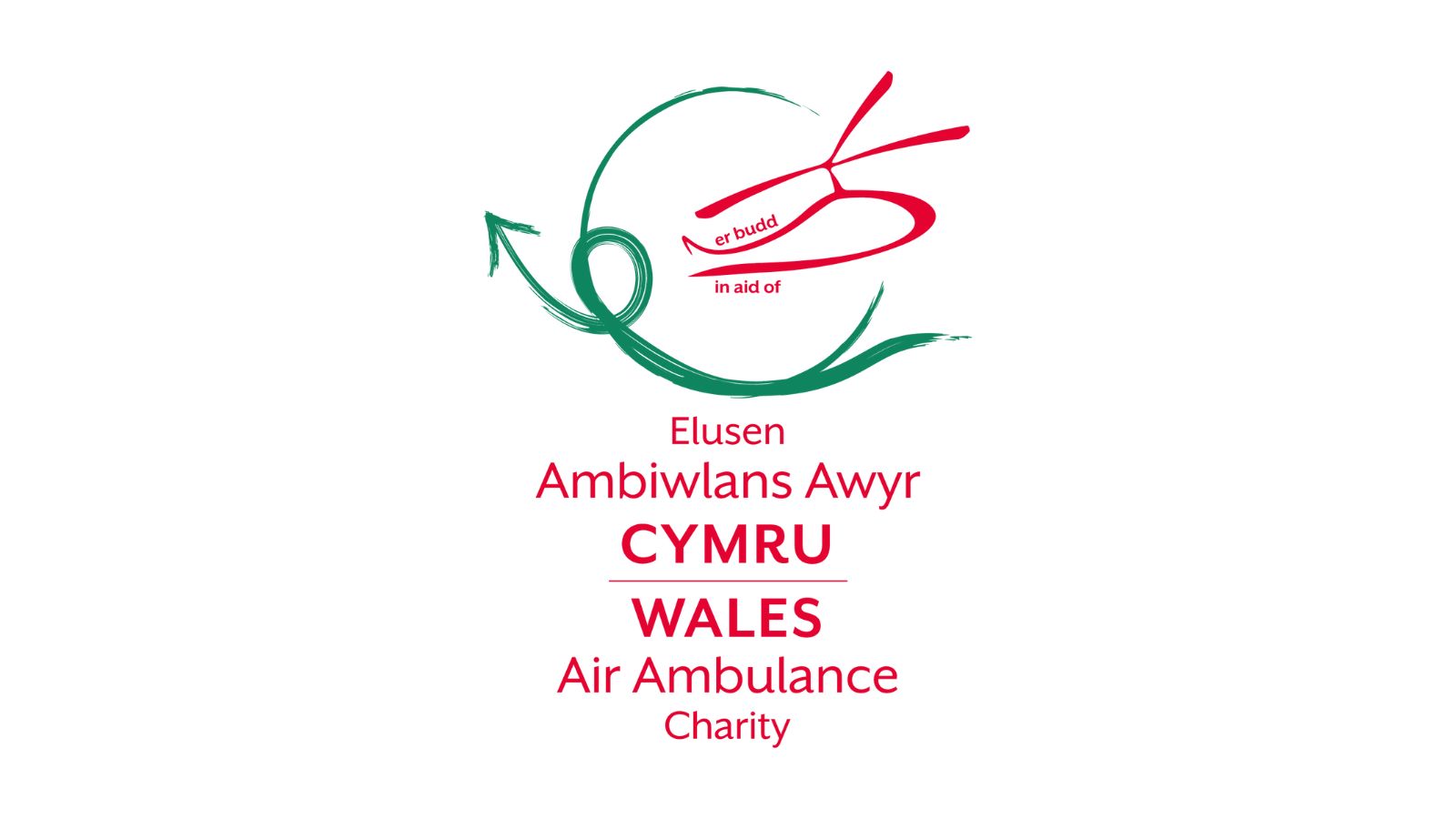The air ambulance service across Wales, delivered in partnership between the Wales Air Ambulance Charity and EMRTS which is part of NHS Wales, is the lifeline to our rural, isolated communities. Chairing the meeting, Sharon Hammond, NFU Cymru Brecon and Radnor County Chair said: “Access to the service is vital. Not only as an industry are we dealing with livestock, difficult terrain and machinery, but we very often work in isolation. The road network, through mid-Wales in particular, is challenging during tough weather conditions and the Wales Air Ambulance service is instrumental in getting access to medical help and fast.”
Challenge in getting people to hospitals
The availability of some accident and emergency units in hospitals throughout mid-Wales was also raised and getting people to hospitals is a challenge when the NHS is already stretched. In Powys, many patients are transferred out of the county meaning longer journey times for ambulances is a significant risk for those in need of help. Many patients would need to be transferred to Aberystwyth, Shrewsbury, Merthyr Tydfil or indeed Newport.
It was heartening to hear that there will be a new aircraft provider that will see an enhancement to night-time flying capability and that the lease has been extended for the Welshpool and Caernarfon bases until at least 2026.
The service review
The Commissioner said: “Following 14 weeks of public engagement that has focussed on listening to comments, queries and gathering of feedback on how to develop options to further improve the air ambulance service in Wales, I would like to thank everyone for their participation in this first phase of the EMRTS Service Review - a service which is a beacon of excellence and is highly valued, without doubt.
“Whilst phase one has taken longer than originally planned, this is a complex issue and I have emphasised that my priority is doing this thoroughly, rather than being bound by any arbitrary timescales.
“As part of the overall engagement approach across Wales, I have continued to meet with various stakeholders including elected representatives at national, regional, and local levels, and community group leaders throughout the process, as well using the established governance routes, such as Health Boards’ Stakeholder Reference Groups, and I was equally appreciative of the time afforded to me by NFU Cymru.
“I have been grateful for the constructive dialogue in all sessions the public participated in, which has been very helpful to me and I have appreciated the time and interest given from participants on this matter. The passion for the air ambulance service is clear and there is a common goal here to make a great service, even better for our communities in Wales.
Full and transparent engagement
“I committed at the outset of this process to conduct a full and transparent engagement and I hope that participants feel that I have honoured this throughout phase one. I have been clear that no decision has been made and that listening to the public is shaping the way in which options for the future configuration of the service are developed and want to reaffirm that this remains the case.”
Sharon Hammond concluded: “We are most grateful to the team to have met with us during the engagement. We need to ensure all areas of Wales have access to the right medical help at the right time, and time is of the essence. As we enter the summer months, we will see an increased number of tourists and we have raised the need for some educational materials to be made available on ensuring the general public are well equipped, hydrated and prepared, in order to hopefully prevent accidents and putting further pressure on an already stretched NHS.”
Phase 2
Phase 1 of the engagement rounds have now concluded and the work to develop a range of options is the focus for the Commissioner and his team during the next few months, all informed by the feedback to date as well as complementary data modelling that is also underway.
Once the options are developed, as part of phase 2, the Commissioner plans to go back out to the public for comment, and this is expected in the autumn.
